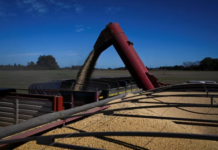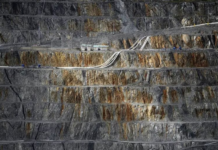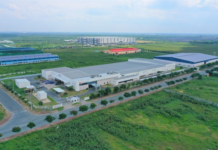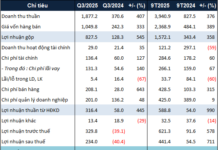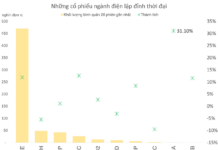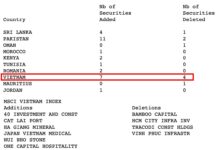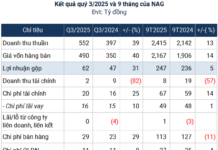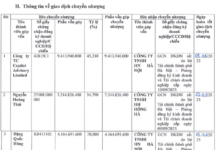Over the past period, the land market in the Southern region has recorded a sharp decline in both transactions and selling prices, as there have been almost no new projects implemented and secondary properties have not been sold. In early 2024, despite new developments in infrastructure and transportation, market liquidity remained relatively low. Transactions only occurred in certain areas with potential in terms of planning and infrastructure.
According to observations, the level of interest in buying land in many areas of Ho Chi Minh City, such as Cu Chi, Binh Chanh, Hoc Mon, Nha Be, District 12, and Thu Duc, is slower compared to the beginning of 2022. Not only in Ho Chi Minh City, but also in neighboring provinces such as Binh Phuoc, Long An, Dong Nai, Ba Ria – Vung Tau, and Binh Thuan, there was a decrease in both demand and selling prices.
Sharing about land market liquidity, Ms. Ng, a real estate broker in a neighboring province of Ho Chi Minh City, said that transactions in early 2024 were still relatively slow. The number of sellers was high, but there were very few buyers. Buyers were still trying to negotiate prices and push for deep discounts, while sellers wanted to sell at expected prices.
According to Ms. Ng, the primary land market recorded a 10%-13% decrease compared to 2022. The secondary market saw a decrease of 13%-25% (depending on the location) compared to the beginning of 2023, with a decrease in demand from customers using loans and projects with large scales and incomplete infrastructure and legal procedures.
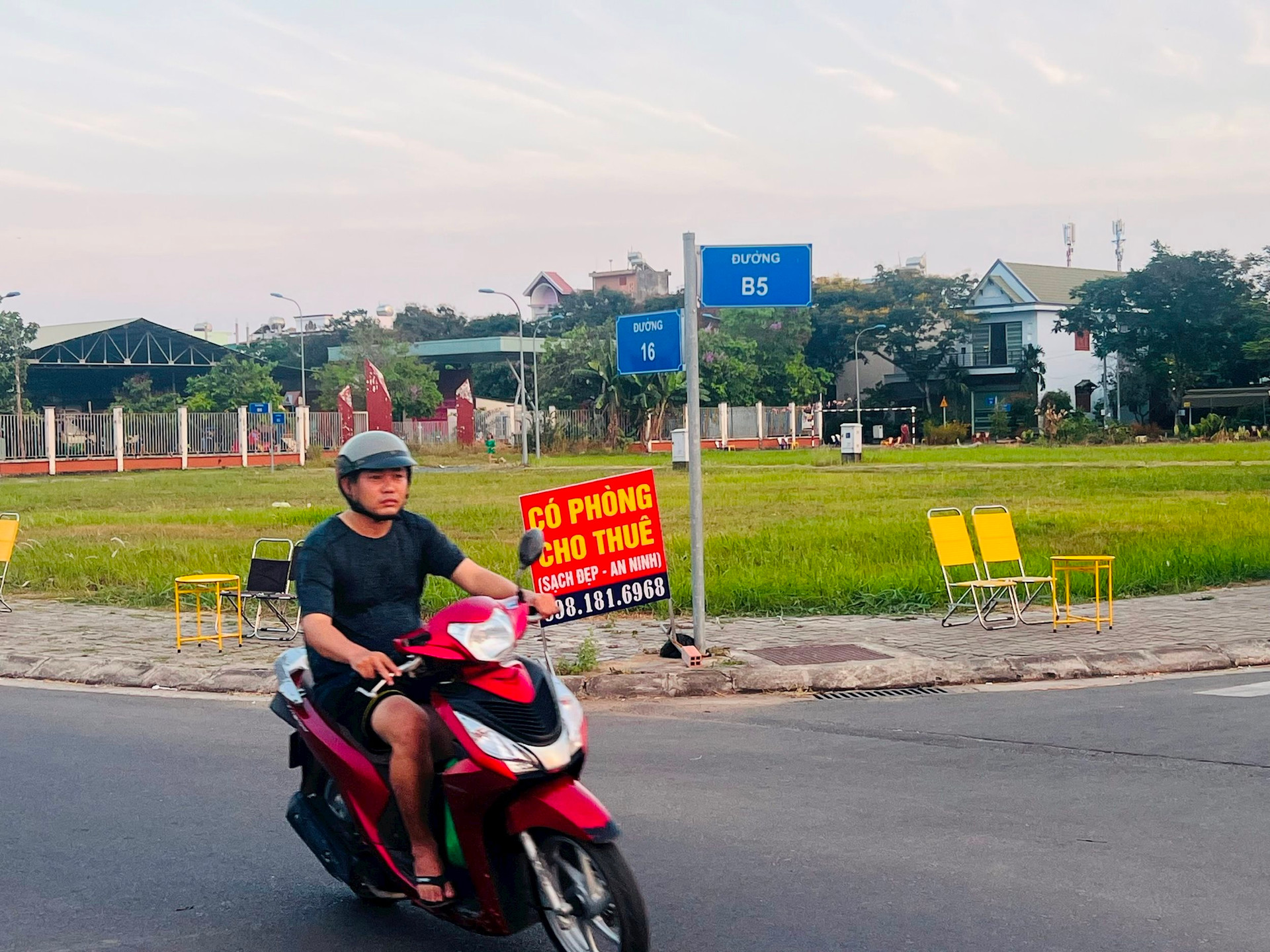
Image: Ha Vy
Looking back at the development of the land market in Southern provinces and cities, the decline started at the end of 2022. In 2023, this type of market gradually lost liquidity, causing many investors to struggle and suffer losses. Specifically, the secondary land market in the first quarter of 2023 saw an average decrease of 10%, a maximum of 15-20%. In the second quarter of 2023, the decrease became more significant, reaching 30-50% compared to the same period the previous year due to many investors being financially strained under the pressure of 14-16% interest rates. Although the phenomenon of cutting losses eased in the last two quarters, selling prices did not improve. For agricultural land, forestry land, and large-area land plots, price reduction trends continued until the end of 2023 and the beginning of 2024 due to low interest.
In some areas like Bau Bang, Ben Luc, and Ben Cat (Binh Duong), Chon Thanh and Dong Xoai (Binh Phuoc), prices decreased by over 30-40% but still failed to attract buyers. In the Central Highlands provinces such as Lam Dong, Dak Lak, and Gia Lai, it is common to see losses of land plots from 30-50%, especially for agricultural and forest land plots. Liquidity in these areas is still relatively weak.
According to experts, the decline in land transactions is mainly due to the market being completely cut off from speculative and investment buyers, while the actual demand for land plots is low as this type of asset does not serve immediate needs. Moreover, the decreasing confidence in the market and the inability to determine the specific timing of the real estate market recovery also makes many people hesitate to invest in land plots at this time. Compared to other real estate segments, land plots are more prone to investment and speculation rather than actual use. Therefore, when the market is booming, land plots are the first segment to experience price increases, and conversely, they are the most impacted when the market is difficult.
From the fourth quarter of 2023 until now, there have been new developments in the land market of provinces and cities in terms of transportation infrastructure. For example, in Dong Nai in 2024, besides two expressway projects (Dau Giay – Tan Phu and Tan Phu – Bao Loc), there will be a series of important connecting roads that will be started for construction. These infrastructure projects not only serve transportation purposes but also provide motivation for the local real estate market.
Information from the Ministry of Transport shows that in 2024, the ministry will start the Dau Giay – Tan Phu expressway project. This is one of the three component projects of the Dau Giay – Lien Khuong expressway, in which the Ministry is the investor.
Specifically, the Dau Giay – Tan Phu expressway project has a total length of about 60.24 km, passing through the districts of Thong Nhat, Xuan Loc, Dinh Quan, Tan Phu, and Dong Nai.
Also this year, the Tan Phu – Bao Loc expressway, another component project of the Dau Giay – Lien Khuong expressway, will be started. This project is invested by the People’s Committee of Lam Dong province.
Specifically, the Tan Phu – Bao Loc expressway project connects Lam Dong province with Dong Nai province, with a total length of about 66 km (of which the section through Lam Dong province is about 55 km long). The project requires a budget of VND 17,200 billion. This expressway not only has significance for Dong Nai and Lam Dong provinces but also connects the Southeast region with the Central Highlands. In particular, National Highway 20 – the major transportation route connecting these two regions – is currently overloaded.
In addition to the above-mentioned key connectivity projects, Dong Nai province will also start and plan to invest in many other important inter-provincial roads this year. Specifically, the projects include upgrading and expanding Road 25B (from the center of Nhon Trach district to National Highway 51); building Road 25C (from National Highway 51 to Provincial Road 19); and upgrading and expanding Provincial Road 774B. These two routes, Road 25B and Road 25C, have special significance as they directly connect to the future international airport gateway in Long Thanh. These two routes also intersect with other regional connectivity infrastructure such as Ring Road 3 in Ho Chi Minh City, and Bien Hoa – Vung Tau expressway, etc.


